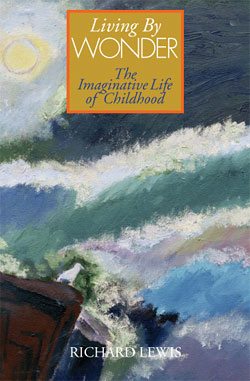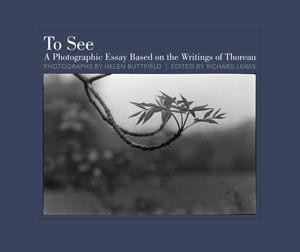Project Description
 Living By Wonder: The Imaginative Life of Childhood
Living By Wonder: The Imaginative Life of Childhood
By Richard Lewis
Parabola Books / Touchstone Center Publications, 1998
In this group of twenty essays, spanning over two decades of work with children and adults, Richard Lewis looks at the life of the imagination of childhood. Exploring various facets of children’s play, art, stories, poetry and language-making each of these essays attests to the importance of nurturing and supporting the imagination as a necessary part of all learning. Addressed to anyone concerned with the emotional, spiritual and intellectual life of childhood, Living By Wonder is a compelling and timely statement.
150 pages • hardcover • $18.95 • Order Form
150 pages • paperbound • $12.00 • Order Form






Recent Comments